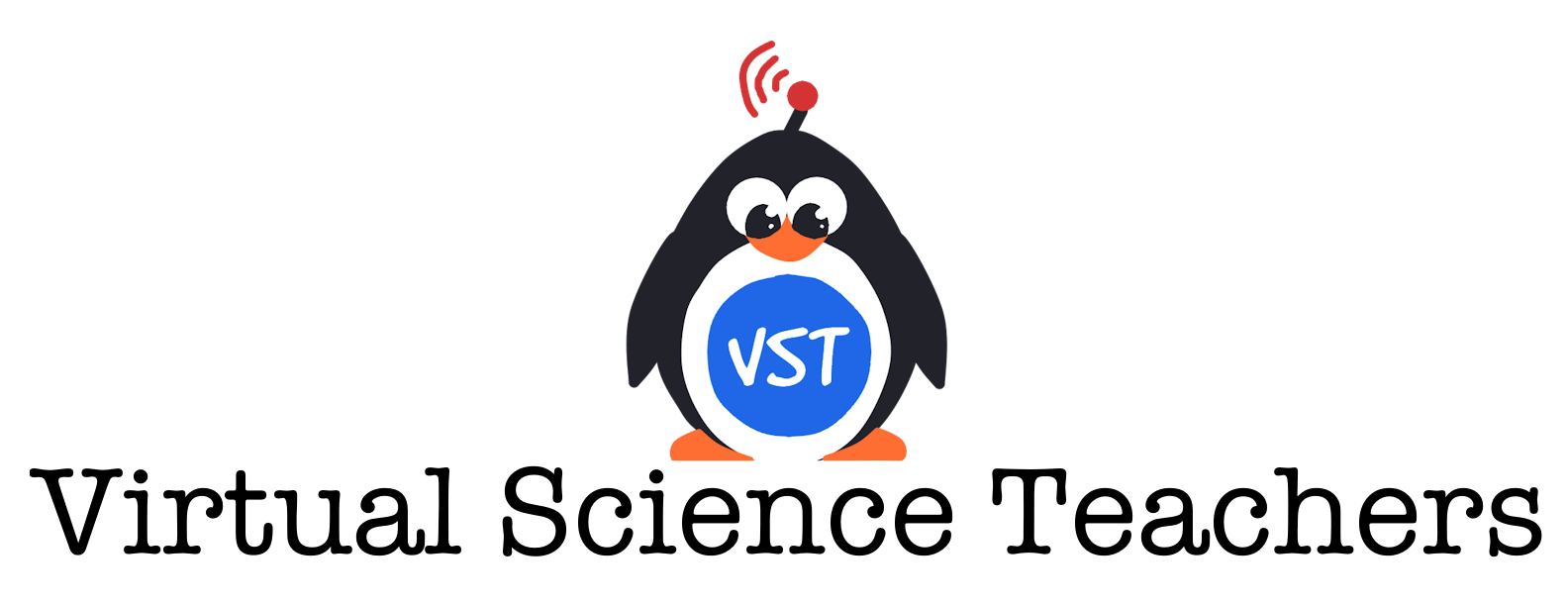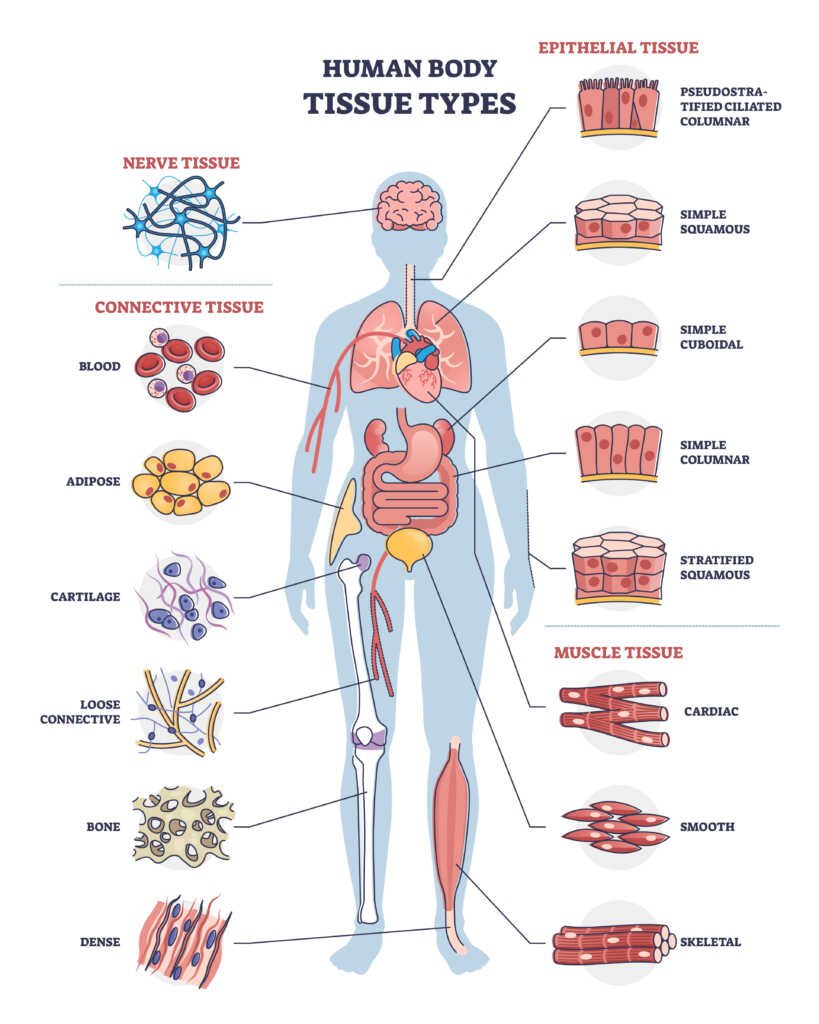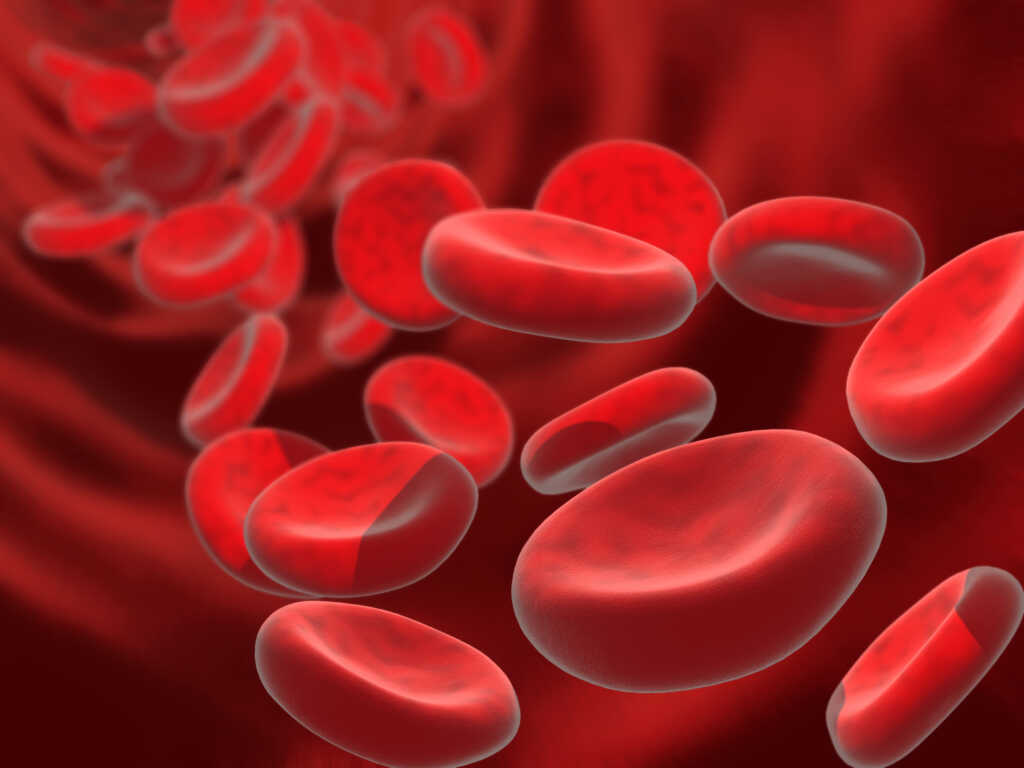LSS1-3:
From Molecules to Organisms: Structures and Processes
The body is a system of interacting subsystems composed of
groups of cells
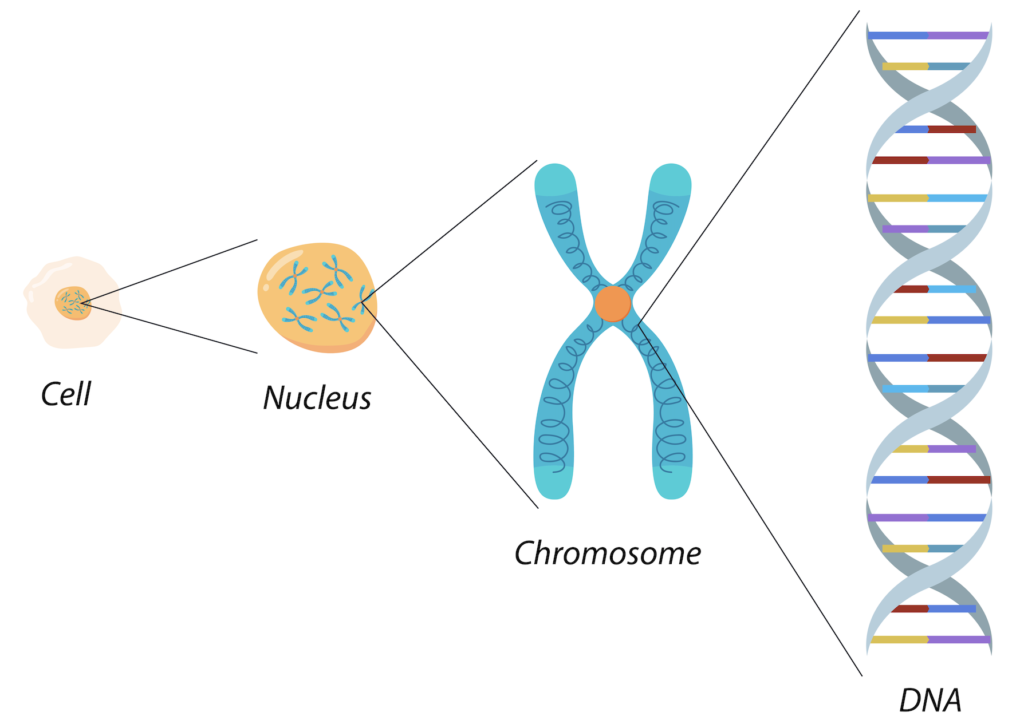
Why is DNA really important to all life?
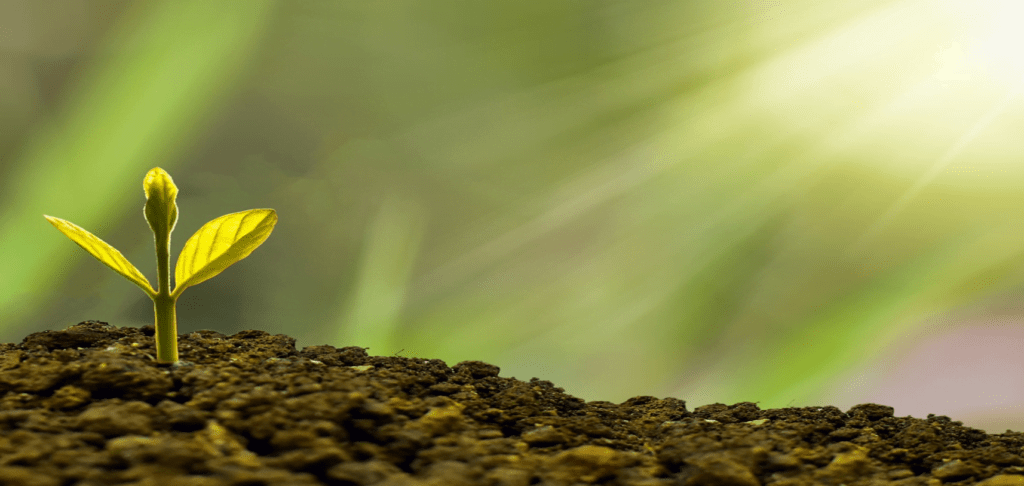
Describe how a plant’s roots, stem, and leaves help it to survive and grow.
Include a labeled diagram as part of your explanation.
Stages of the Growth of a Bean Plant
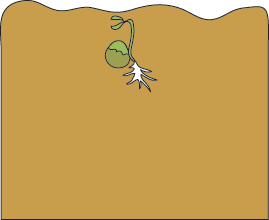
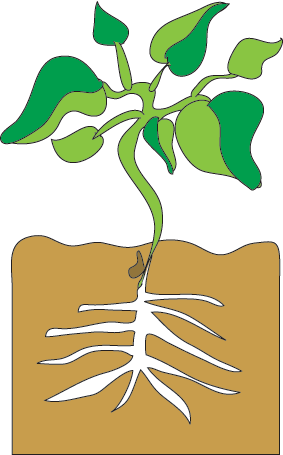
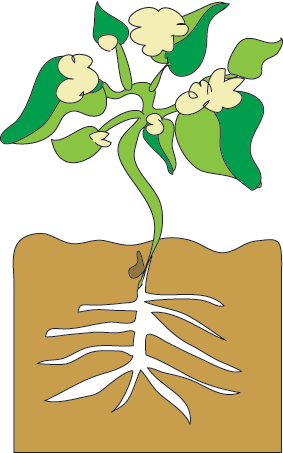
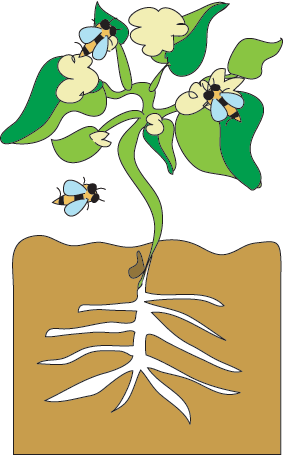
| Kolk, Melinda. beansprout1b.png. beansprout2.png. beansprout3.png. beansprout4.png. Pics4Learning. 30 Jan 2023 |
Growth involves the increase in size of an organism.
Development concerns changes in an organism’s form and functions.
Describe how this bean plant grows and develops.
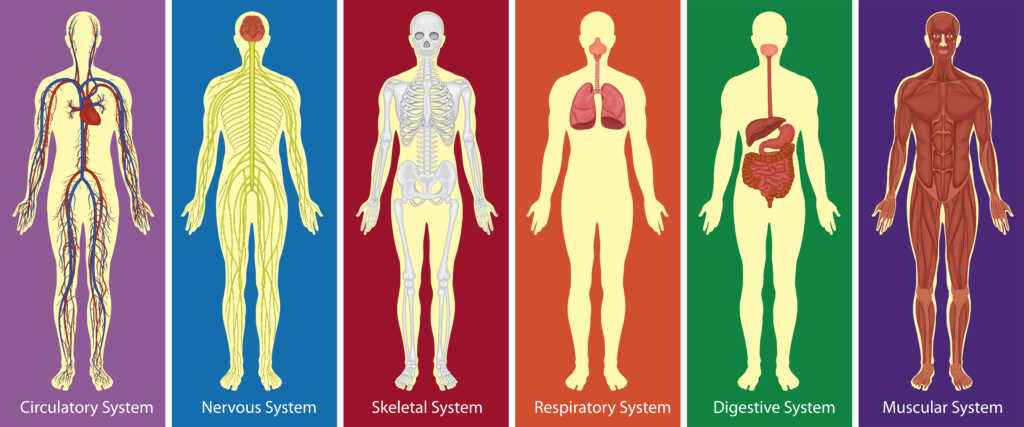
Compare two systems of the body.
Describe how they work together keep the body functioning.

Pick one system of the body.
Describe how it works and why it is important.
Explain what happens when that system does not function properly.
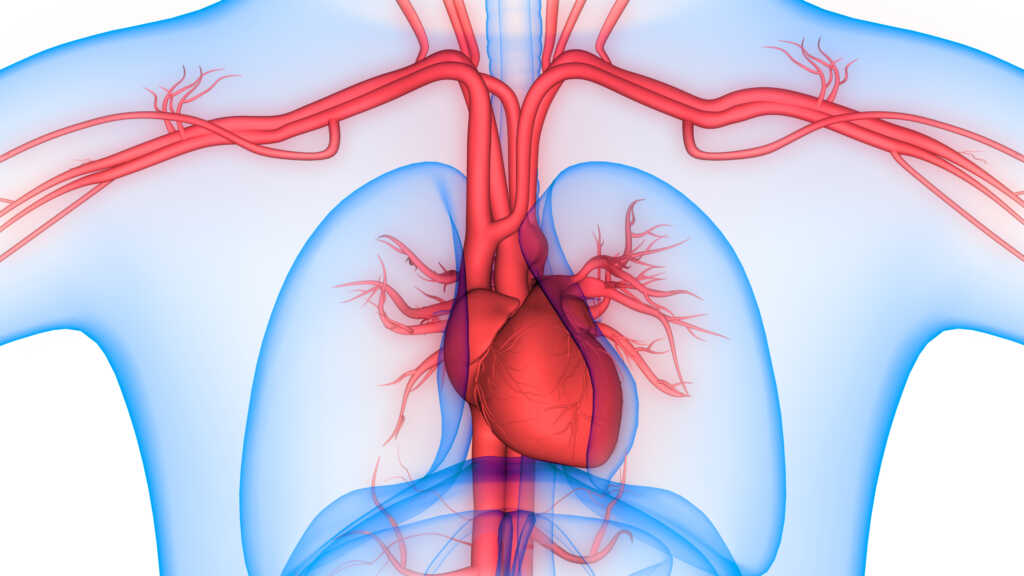
What is the role of the circulatory system in the body, and how does it work to transport materials throughout the body?
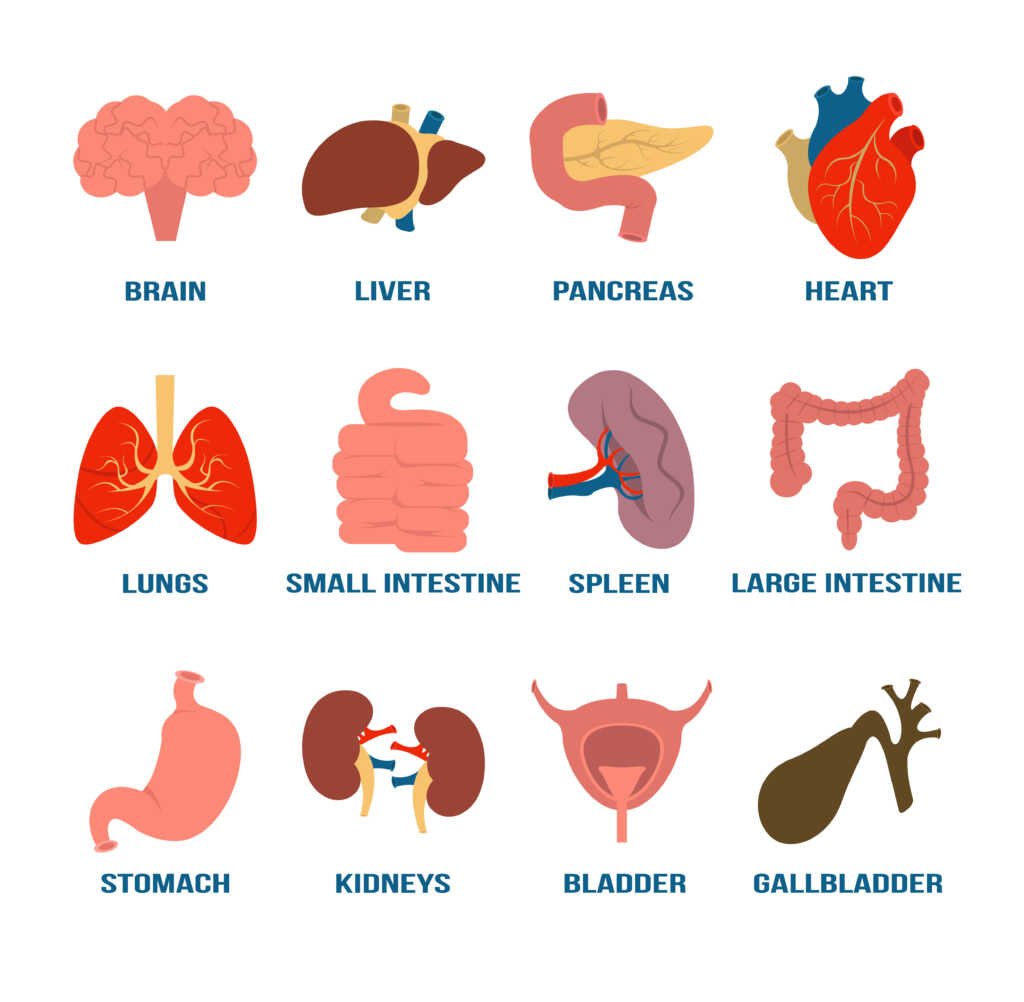
Describe the function of one organ.
What happens to the body when that organ does not function properly?
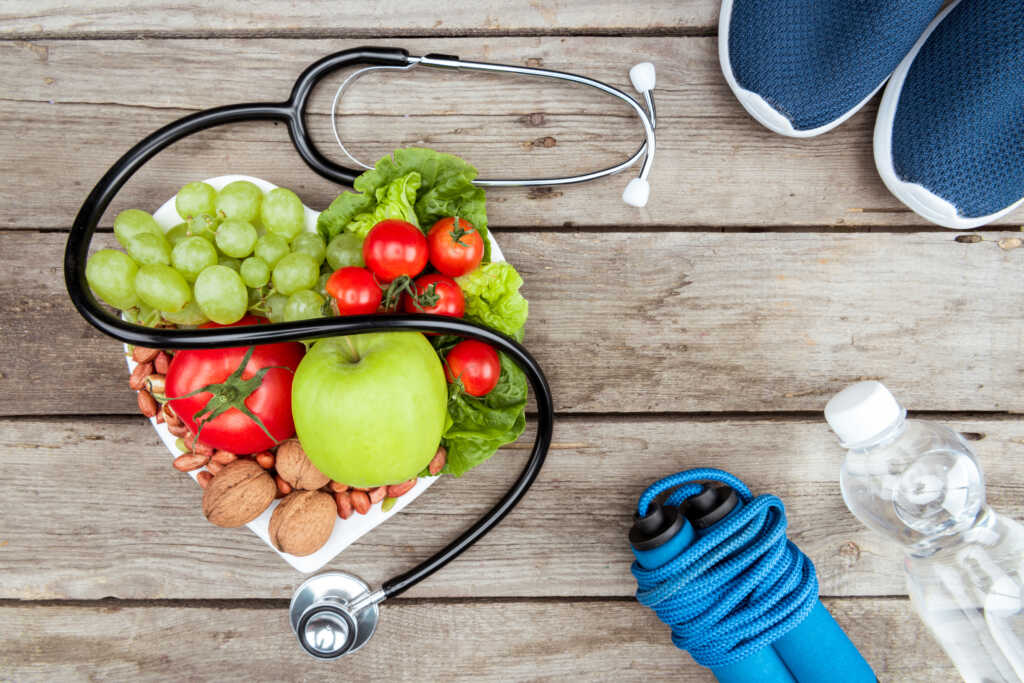
How does your diet and lifestyle affect your health and the functioning of your body’s systems?
